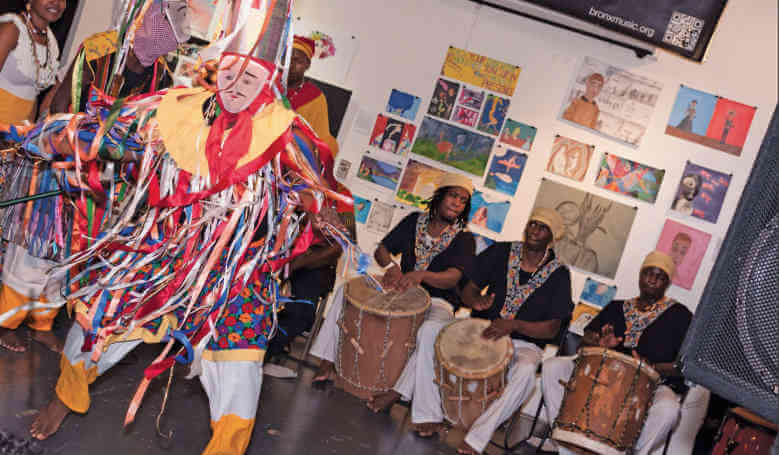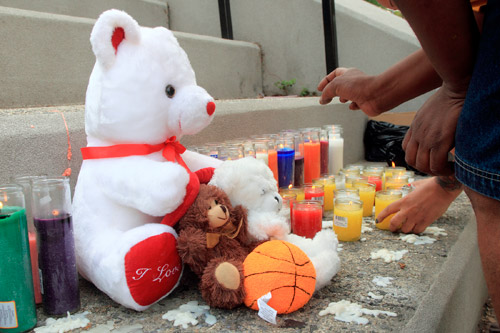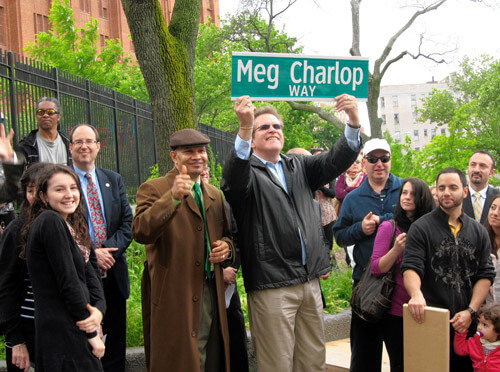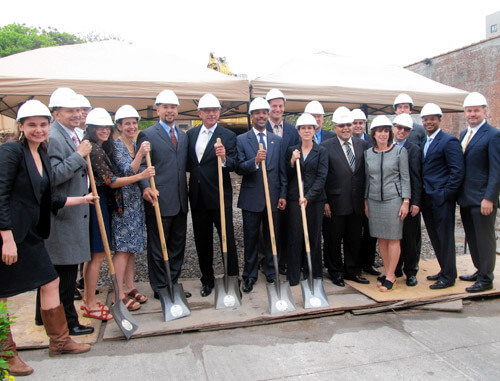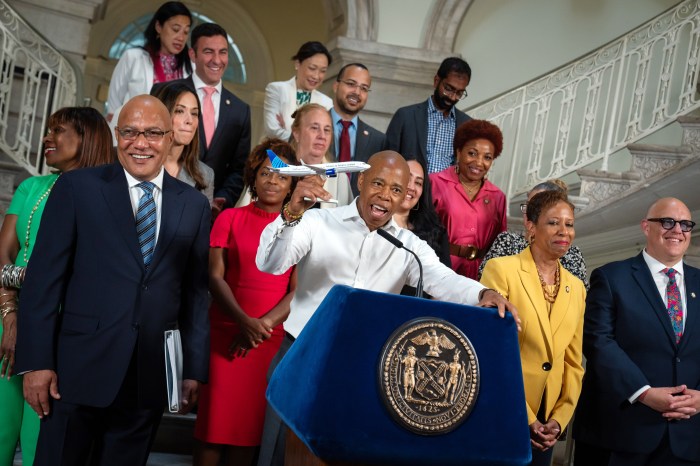The NYC Department of Cultural Affairs recently released a report that detailed a ‘cultural snapshot’ of Morrisania, highlighting the south Bronx nabe’s artistic and historical value.
This cultural inventory study was conducted partly by speaking with 529 merchants and residents of Morrisania spanning as far north as Crotona Park South and south to East 161st Street , stretching east to west between Prospect to Park avenues.
It begins by recapping a brief historical synopsis of the area, detailing Morrisania’s original occupants, the Lenape people, followed by the early Dutch settlers along with Jonas Bronck’s settlement in the 1600s, and then recounting the impact the large influx of Irish and German immigrants had working as shopkeepers and brewers in the mid 1800s.
Morrisania’s demographics have since shifted greatly as CDA currently referred to the neighborhood’s population of 88,005 as one of the most diverse in all of New York City.
During the height of Jazz music movement in the 1940s and 50s, Morrisania became both an icon and hub for the African American influenced swing-style music.
Clubs like the Blue Morroco then paved way for the spread of musical genres like Latin jazz, mambo and salsa, which captivated both the Bronx and city in following decades.
It was after Latin peaked that rap and DJ legends Grandmaster Flash and Grand Wizzard Theodore left their own marks on their Morrisania neighborhood during the 1980s with some help from the first all female ‘MC Group,’ Mercedes Young Ladies as well.
One underground club venue, The Black Door where Flash and fellow Bronx hip hop pioneer DJ Kool Herc would spin and mix was listed as one of Morrisania’s Cultural assets in addition to the P.S. 63 Park.
Also listed as cultural assets for the area were the Clay Avenue Historic District, which encompasses 32 residential buildings between East 165th and East 166th Streets, in addition to the McKinley Square Theatre, which served as a Yiddish theatre and later a Latin club prior to its demolition in 2002.
The study also highlighted The Morrisania Band Project as one of the neighborhood’s richest cultural assets.
Currently, the group performs around the borough and city, putting a modern touch on some south Bronx classics.
Renaissance Youth Center was acknowledged for its musical mission to “to empower at-risk inner city youth to fully maximize their potential as productive and responsible members of society, by offering dynamic, teambuilding education, music, and sports programs, while instilling the importance of building strong communities,” while the Bronx Music Heritage Center was credited for its work in “rich musical history and its residents, the BMHC works to restore pride of place, reverse stereotypes, empower citizens, and improve neighborhoods through arts access.”
While other visual art institutions and community organizations were recognized in the study as well, there’s no doubt that Morrisania’s cultural snapshot is most definitely a musical one.

